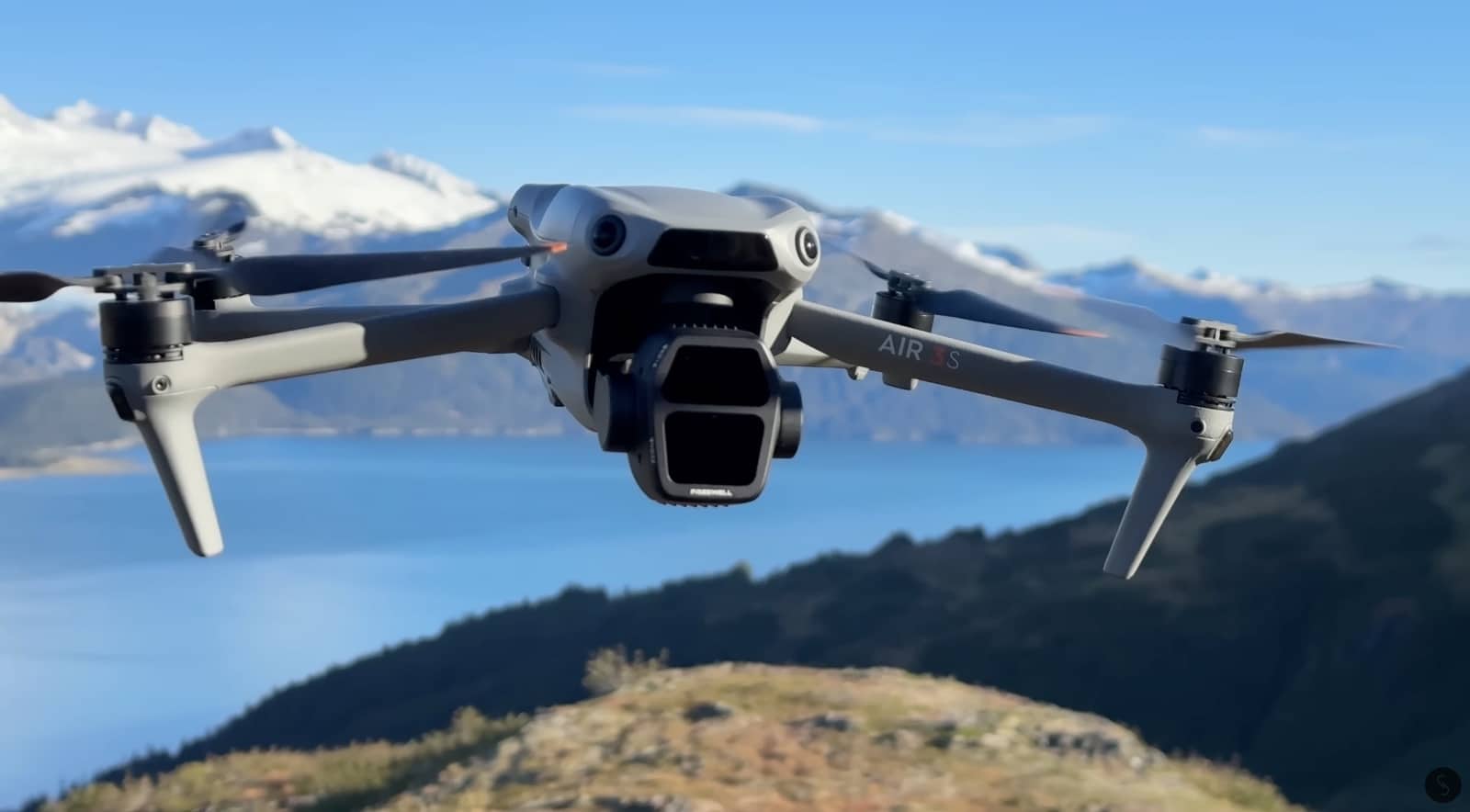After Uproar, Oregon Finally Rewrites Drone Laws — Here’s What Pilots Need to Know

Remember when Oregon’s drone ban blew up in 2022? It’s back — and this time, you can watch it unfold live.
Oregon is taking another swing at establishing clear drone rules for its state parks, three years after public backlash derailed the first attempt. The Oregon Parks and Recreation Department (OPRD) will hold a public livestream meeting on October 28, 2025, where a Rule Advisory Committee will review proposed regulations for drone takeoff and landing at state parks and along the ocean shore.
For drone pilots who fly in Oregon, this matters because the state currently has no consistent statewide rules. Enforcement varies wildly from park to park, with some rangers citing vague “conduct rules” while others allow unrestricted operations. That uncertainty ends if these new regulations pass by their target date of Spring 2026.
The 2022 Controversy That Paused Everything
OPRD first attempted drone regulations in early 2022, but Director Lisa Sumption hit the brakes in April of that year after the proposal generated fierce opposition from both drone enthusiasts and conservation groups. The agency pulled back and formed a workgroup that spent over a year—from June 2022 through summer 2023—developing compromise criteria that balanced recreational access with wildlife protection.
That collaborative approach produced draft rules published October 1, 2025, which now head to the Rule Advisory Committee for review and refinement.
What the Draft Rules Actually Propose
The proposed regulations would create designated “Drone Operation Areas” where takeoff and landing are permitted. Park managers could modify, suspend, or rescind these zones at any time based on visitor safety, wildlife protection, or user conflicts.
Critically, the rules would ban drone operations in campgrounds and overnight facilities entirely. Public safety agencies could still operate drones during emergencies without prior approval.
Some areas may require a “Drone Pass” that limits the number of aircraft allowed per day. Violating the rules would constitute a Class A violation under Oregon park regulations.
How Drone Pilots Can Participate
The Rule Advisory Committee meets from 11 a.m. to 1 p.m. Pacific time on Tuesday, October 28. The public can watch the livestream on the OPRD Director’s Office YouTube channel, with a recording available afterward. The committee includes representatives from recreation groups, conservation organizations, and natural resource specialists.
After this meeting, OPRD staff will review the committee’s feedback and open the draft rules for public comment this winter. That means drone pilots will have multiple opportunities to weigh in before the Oregon State Parks and Recreation Commission votes on final adoption.
FAA Authority vs. State Control
It’s worth remembering that the FAA controls all U.S. airspace, but states and municipalities have clear authority to regulate where drones can take off and land. Oregon’s approach follows this framework—the rules don’t restrict where you can fly, only where you can launch and recover your aircraft within state park boundaries.
DroneXL’s Take
Oregon’s second attempt looks far more thoughtful than its 2022 rush job. By spending three years gathering stakeholder input and developing specific criteria before jumping into formal rulemaking, OPRD is modeling how state agencies should approach drone regulation—slowly, transparently, and with genuine collaboration.
The livestream meeting is particularly smart. Letting the public watch these decisions get made in real time builds trust and keeps the process honest. Other states wrestling with similar drone conflicts should take notes.
That said, the “Drone Pass” system raises questions. Will these be free or paid? How many passes will be available? Will commercial operators get priority over recreational pilots? These details matter enormously, and we hope OPRD clarifies them during the public comment period.
The Spring 2026 implementation timeline gives Oregon’s 55 million annual park visitors—including thousands of drone pilots—plenty of time to understand and prepare for the new rules. If executed well, this could become a national model for balancing public access with conservation needs.
What do you think? Share your thoughts in the comments below.
Photo credit: Jake Sloan
Discover more from DroneXL.co
Subscribe to get the latest posts sent to your email.
Check out our Classic Line of T-Shirts, Polos, Hoodies and more in our new store today!

MAKE YOUR VOICE HEARD
Proposed legislation threatens your ability to use drones for fun, work, and safety. The Drone Advocacy Alliance is fighting to ensure your voice is heard in these critical policy discussions.Join us and tell your elected officials to protect your right to fly.
Get your Part 107 Certificate
Pass the Part 107 test and take to the skies with the Pilot Institute. We have helped thousands of people become airplane and commercial drone pilots. Our courses are designed by industry experts to help you pass FAA tests and achieve your dreams.

Copyright © DroneXL.co 2025. All rights reserved. The content, images, and intellectual property on this website are protected by copyright law. Reproduction or distribution of any material without prior written permission from DroneXL.co is strictly prohibited. For permissions and inquiries, please contact us first. DroneXL.co is a proud partner of the Drone Advocacy Alliance. Be sure to check out DroneXL's sister site, EVXL.co, for all the latest news on electric vehicles.
FTC: DroneXL.co is an Amazon Associate and uses affiliate links that can generate income from qualifying purchases. We do not sell, share, rent out, or spam your email.



















If someone is in their shot unknowingly, or is it disturbing someone’s peace and quiet, the drone should be grounded.